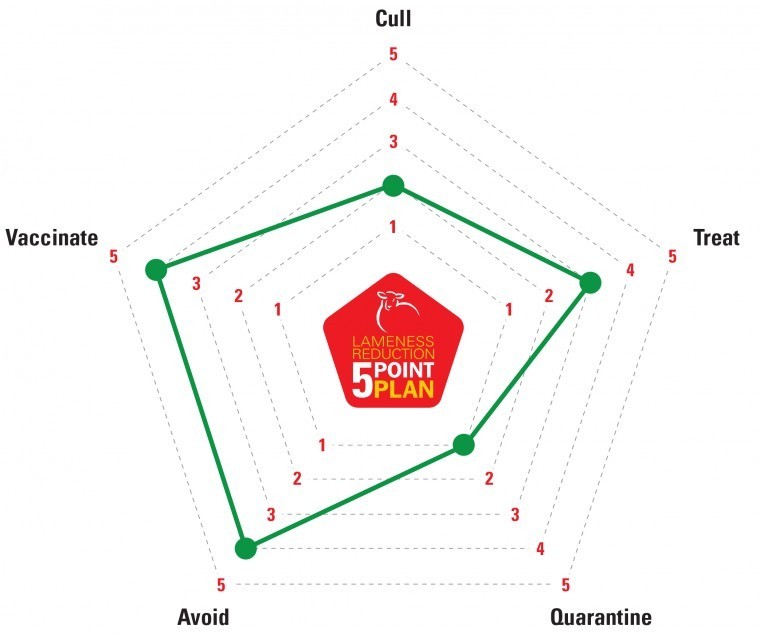UK sheep producers now have a straightforward way of evaluating the effectiveness of their lameness control strategy, thanks to the availability of a new flock assessment tool from MSD Animal Health (known as Merck Animal Health in the US and Canada).
According to the company’s technical manager, John Atkinson MRCVS, the practical new ‘Lameness Control On-Farm Planner’ – developed in conjunction with FAI Farms – offers sheep farmers and their advisers a simple, yet highly visual ‘where are you now’ method of identifying whether a lameness management protocol is unbalanced in any way.
“The industry-accepted five-point sheep lameness reduction plan gives shepherds a clear management strategy and a practical protocol for reducing the incidence of this costly problem. However, it can be quite difficult to assess where you are sometimes with existing control approaches, but this new questionnaire-based tool will pinpoint areas of weakness. It is also designed to promote discussion between farmer and adviser over the best action plan for any given flock,” he says.
The assessment scores current farm practice within each of the five points that make up the sheep lameness reduction plan: culling; treatment; quarantine; avoidance and vaccination.
“Higher scores show you are doing well in those areas of the five point plan. Lower scores highlight the weaknesses and the areas you should focus on in future,” Mr Atkinson says.
In the example shown, two out of the five action points have been carried out well, but the lameness issue has not been reduced as much as was hoped, causing frustration. The outcome pentagon explains why, highlighting weaker implementation in terms of the culling and quarantine practices on the farm.
“This shows that if the farmer now focuses on improving culling and quarantine practices, plus a little extra attention to the treatment protocol, then the lameness situation within the flock should improve significantly,” Mr Atkinson explains.
Sheep producers interested in finding out more should contact their vet or local animal health adviser, who will help work through the lameness control planner.




